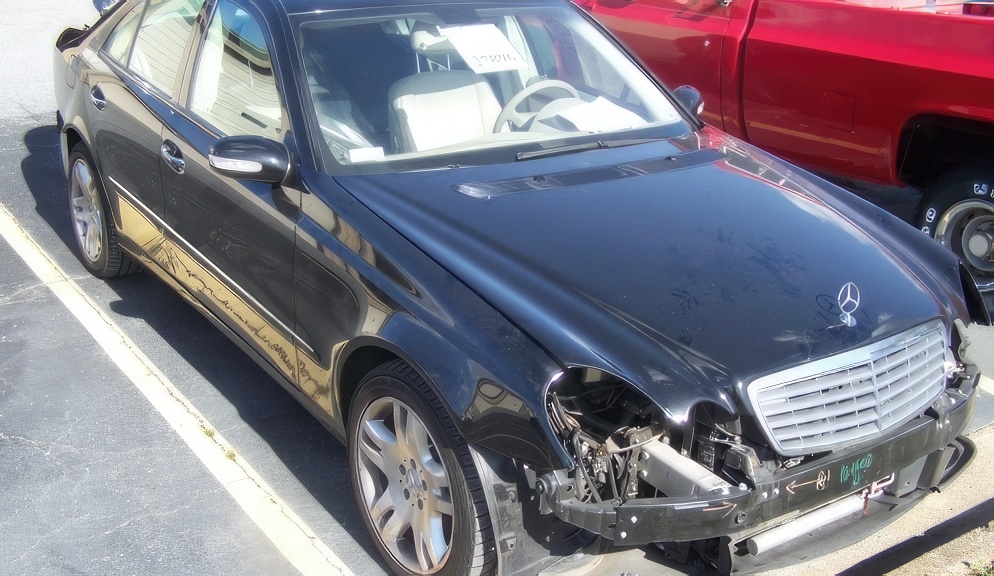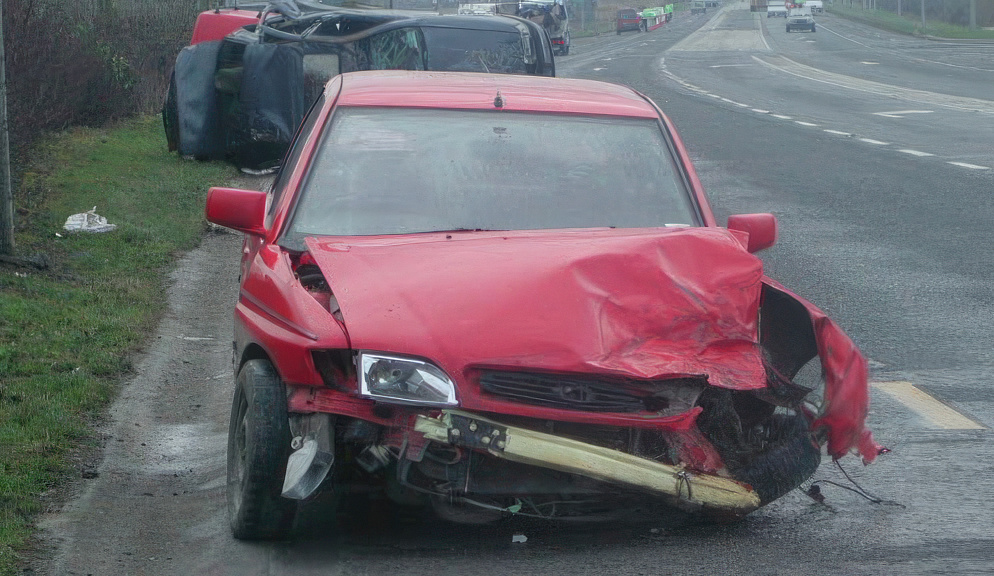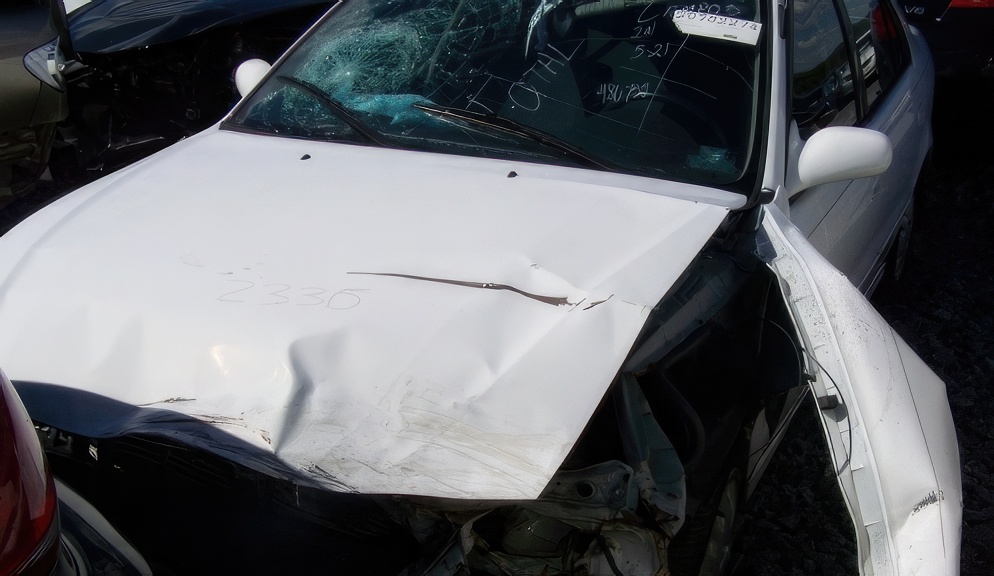Diminished Value Calculation

When a vehicle is involved in an accident, it’s likely that it will sustain some form of damage, no matter how minor. Even after the repairs are made, the car will likely have diminished value, meaning it’s worth less than it was before the accident occurred. Diminished value is a term used to describe the reduction in a vehicle’s resale value due to damage that occurred in an accident. In this article, we will discuss how diminished value is calculated and how it affects the value of your vehicle
Severity of Damage
One of the most important factors in calculating diminished value is the severity of the damage. If the damage is minor, such as a small dent or scratch, the diminished value will be very low. However, if the damage is more severe, such as a bent frame or major structural damage, the diminished value will be very significant.
- Learn more about when the best time is to file a diminished value claim
Age of the Vehicle
The age of the vehicle is also an important factor in calculating diminished value. Newer vehicles with higher pre-damage value will typically have a higher diminished value than older vehicles with a lower pre-damage value. The type, make, and model of vehicle also plays a role in determining diminished value. Luxury, high-end vehicles will typically have a higher diminished value than economy or mid-range vehicles.
Location of the Accident Damage
In addition to the above factors, the location of the damage, can also impact the diminished value of a vehicle. If the damage is to the front end of the vehicle, the diminished value will likely be higher due to the numerous parts located in the front of the vehicle, such as the air conditioning components, radiator, numerous structural components, the engine, etc. These items can cause the cost of the repairs to be higher as well as increase the diminished value.
The 17c Formula: An Insurance Company’s Method
There are several methods used to calculate diminished value. A common method used by insurance companies is the 17cformula. However, it is important to note that the 17C formula is 100% wrong, 100% of the time. The 17c formula starts with an assumption that the most a vehicle can ever loose in value is 10% (wrong), but, then the 17C formula further reduces that amount by subtracting two modifiers. One modifier for mileage assumes that a vehicle with 100,000 miles or more cannot have a diminished value, so it reduces the diminished value based on the percentage of the 100,000 miles you have used (wrong) Then the second modifier further reduces the amount based on the severity of damage (wrong). The 17C formula takes into account the age and mileage of the vehicle to determine its pre-damage starting value, in most cases based on the NADA Clean Retail Value.
- Learn more about the drawbacks of using a vehicle diminished value calculator.
Market Comparison Approach
Another method is the market comparison approach, which involves comparing the value of a similar vehicles that have not been in an accident to the value of the same vehicles after it has been repaired. This method is very unreliable because there are no databased anywhere that accurately track how much previously wrecked vehicles have sold for.
Loss in Resale Value Approach
Finally, there is the loss in trades-in value approach, which calculates the difference in the trade-in value of a vehicle before and after the accident. This method can be more difficult to calculate, as it requires an understanding of the trade-in market for the specific make and model of the vehicle. This approach requires many years of experience in appraising vehicles and is the method utilized in the DVAssess system.
Dvassess’ Approach
The DVAssess system was developed by professional automotive appraisers with over 30 years of experience. DVAssess, through our partnership with Black Book, is able to access accurate trade-in values based on the vehicles year, make model, trim level, vin number, and mileage. Then based on the damage history, our proprietary algorithm determines an accurate, market based diminished value. That information is then available in the DVAssess diminished value assessment report.
Conclusion
In conclusion, diminished value is a reduction in a vehicle’s resale value due to damage that occurred in an accident. It is calculated by taking into account several factors, including the severity of the damage, the age and type of vehicle, the location of the damage. There are several methods that can be used to calculate diminished value, including the 17c formula which is always wrong the market comparison approach which is difficult because the information is not accessible, and the loss in resale trade-in value approach. If you have been involved in an accident, it’s important to understand how diminished value is calculated and how it may affect the value of your vehicle. Be prepared to file a diminished value claim by obtaining a diminished value assessment report from Diminished ValueAssessment.com





